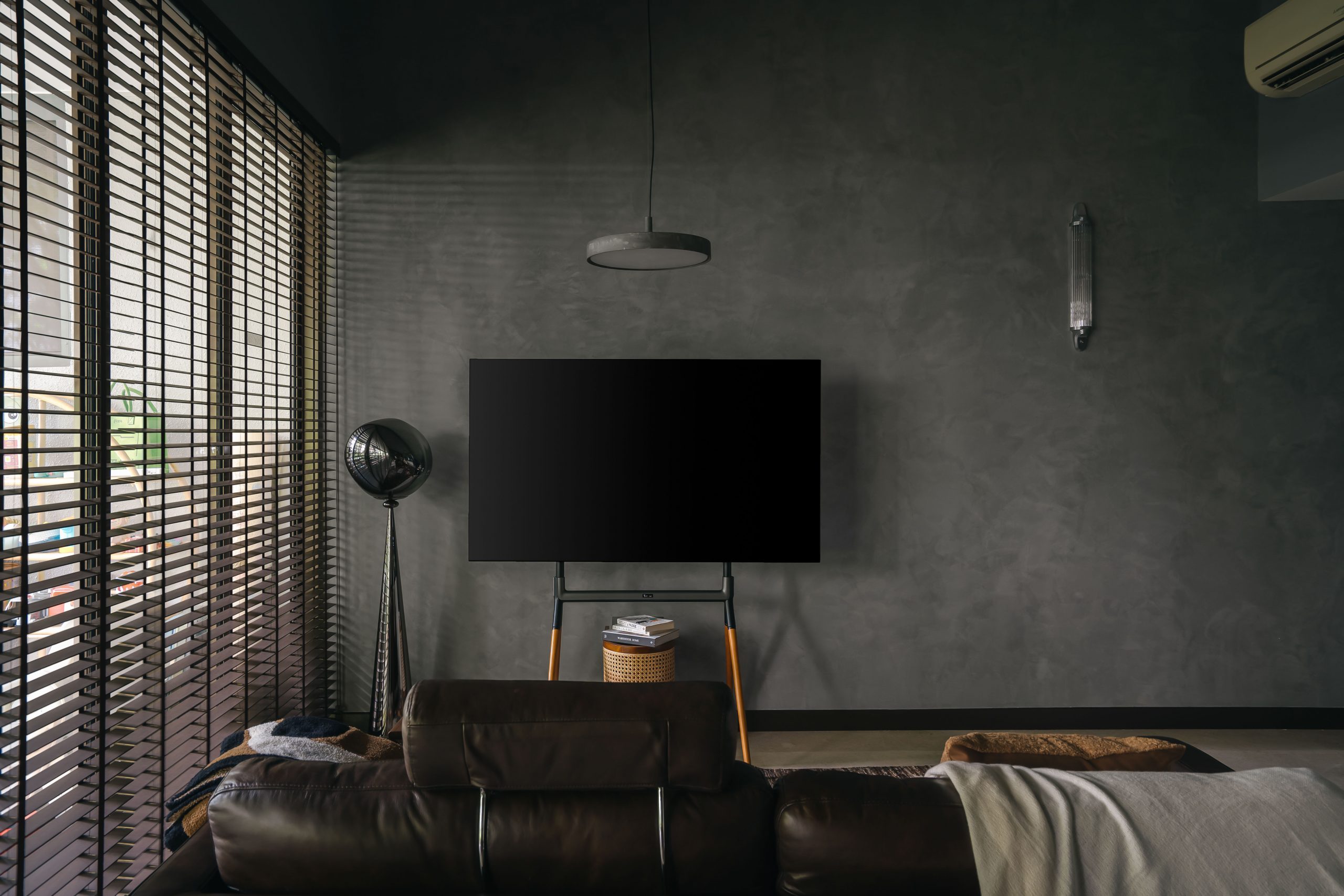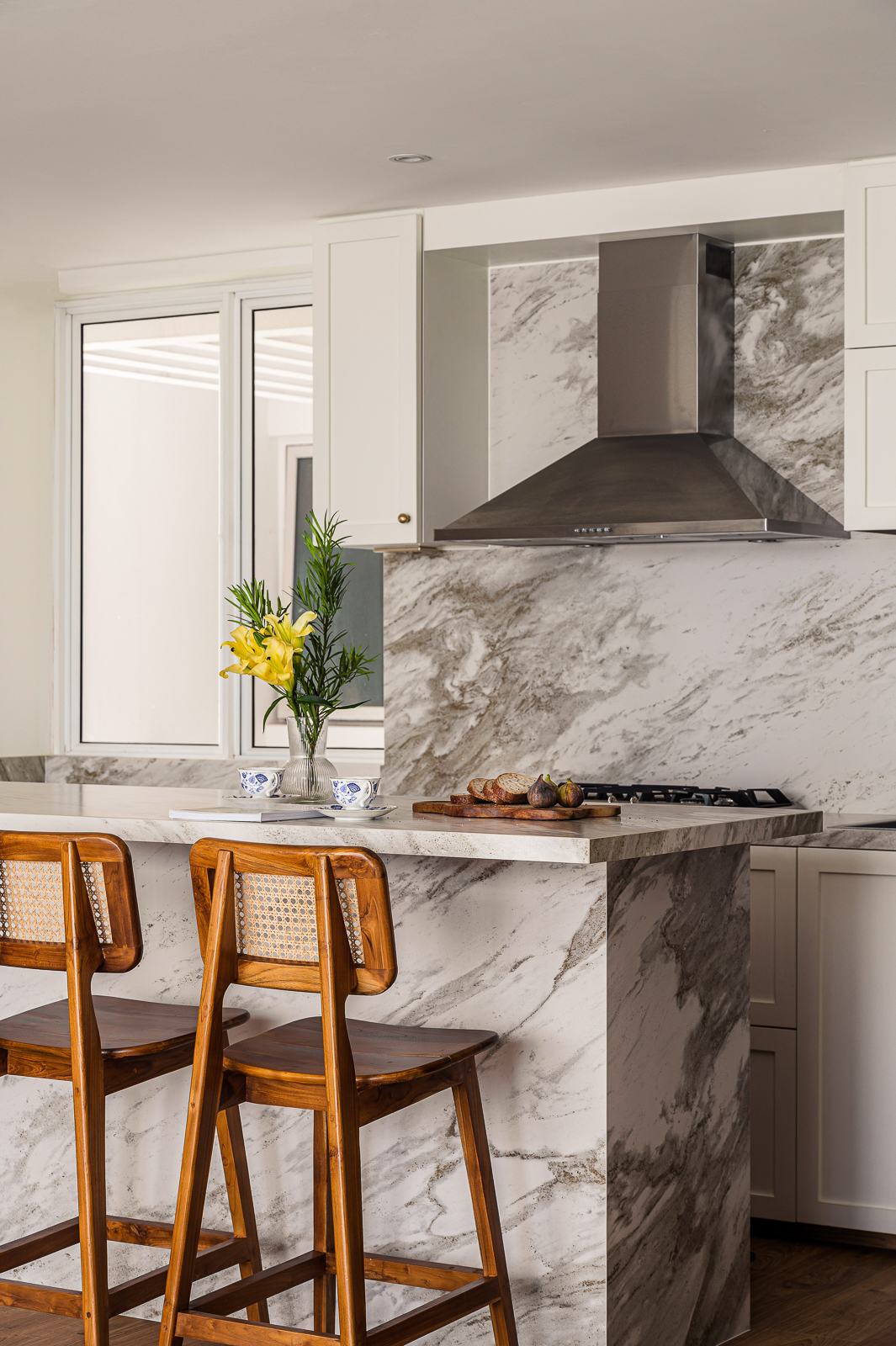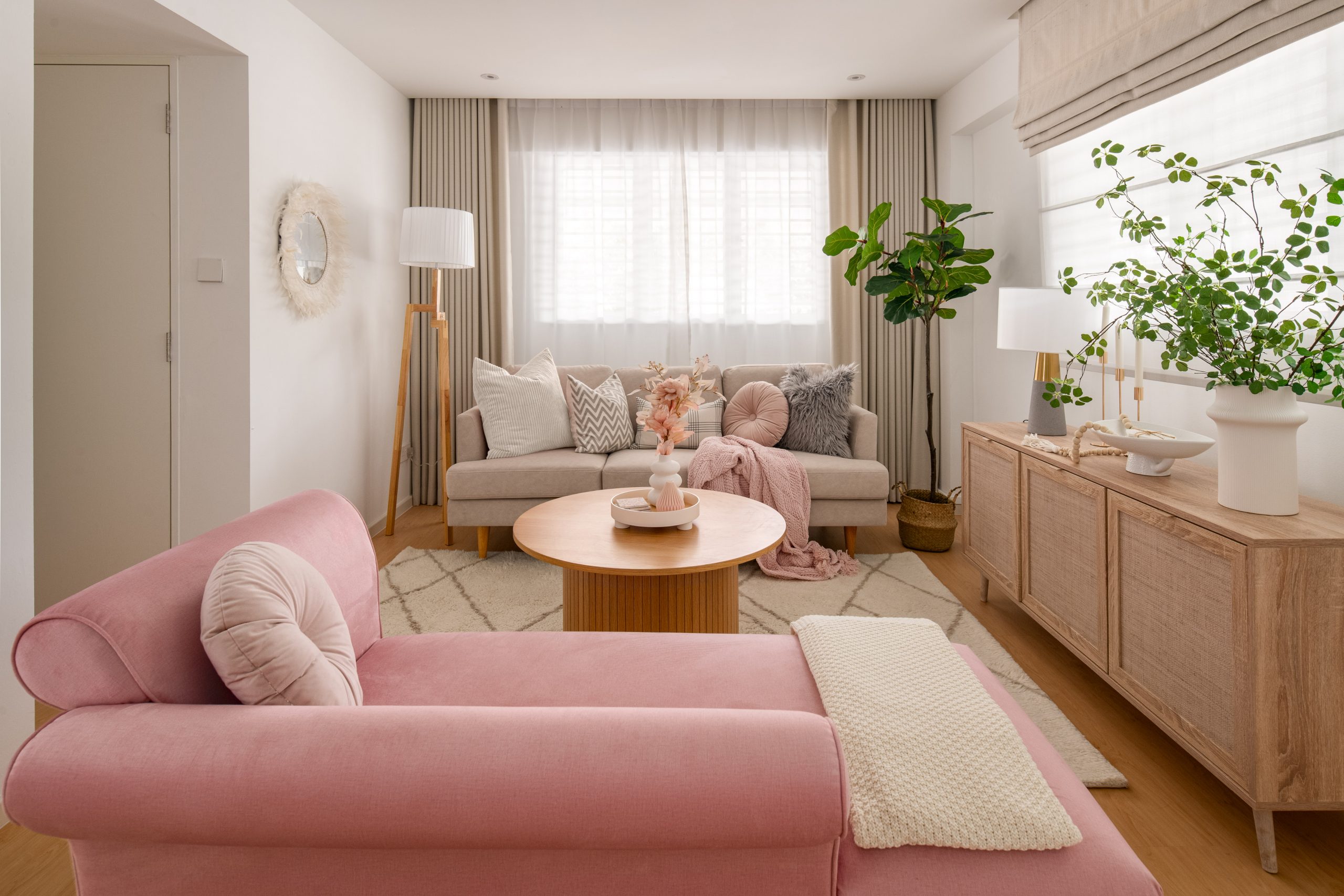Why Layering Textures Is the Secret to a Cozy, Elevated Home

When you walk into a well-designed home, you can feel the difference before you even notice it. There’s a certain warmth, an ease. The furniture doesn’t need to be expensive or the layout complex — it’s the layering of textures that gives the space soul.
Texture is what turns sterile interiors into lived-in sanctuaries. It’s what makes minimalism cozy and maximalism grounded. Whether you live in a HDB flat or a landed home, mastering the mix of materials is the simplest way to make your space feel instantly elevated.
Start With the Natural Basics
Think of materials like wood, linen, stone, and wool as your “base notes.” They set the tone for the rest of the home.
-
Wood adds warmth and grounding energy — from pale oak floors to walnut shelves.
-
Stone and concrete bring contrast and permanence.
-
Textiles like linen and cotton soften hard surfaces.
Try visualizing your home as a mood board: a mix of tactile experiences that tell a story.


Balance Smooth and Rough
The secret to layering textures is contrast. Too many shiny or flat surfaces can make a space feel cold; too much roughness can feel rustic.
-
Pair a sleek marble countertop with woven bar stools.
-
Offset glossy tiles with matte cabinetry.
-
Soften a modern sofa with a nubby wool throw.
Each combination should create a tiny tension — that’s what makes the eye linger.

Use Texture to Define Zones
If you’re living in an open-concept space, textures can subtly separate areas without walls.
-
A fluffy rug under the sofa defines the living area.
-
A change in wall finish — say, a limewash accent — marks the dining space.
-
Slatted wood or ribbed panels can guide the eye through transitions.
These tactile cues make open layouts feel cohesive, not chaotic.


Layer Light Textures Too
Texture isn’t only about touch — light plays a huge role. Rougher surfaces like plaster or matte paint bounce light softly, while glossy finishes reflect it sharply.
Mix both to create depth: a matte wall behind a metallic lamp or a shiny tile backsplash next to raw timber cabinets.

Accessorize Thoughtfully
Even the smallest items can shift the mood of a room. Clay ceramics, boucle cushions, woven baskets — they all add tactile interest.
Just remember: you don’t need to overload. Let each texture breathe.

The 3-Texture Rule
When in doubt, stick to a trio:
-
A grounding material (wood, stone)
-
A soft textile (linen, velvet, wool)
-
A metallic or glass accent (for light and contrast)
This simple rule keeps your home feeling layered, not busy.
Next time you’re styling your home, skip the extra décor pieces and focus on how things feel. A well-layered room doesn’t need more stuff — just more texture.
CONSULT OUR DESIGNER
-
4 December 2025 TIPS & GUIDES
HDB Interior Design Rules You Might Be Breaking Without Knowing (And How to Fix Them)
-
4 December 2025 TIPS & GUIDES
Selecting an Interior Designer for Luxury Interior Design
-
4 December 2025 TIPS & GUIDES
6 Essential Functional Considerations in Renovation Interior Design You Don’t Want to Overlook
-
4 December 2025 TIPS & GUIDES
Top 10 Ways to Personalise a Templated Condo Interior Design
-
11 November 2025 TIPS & GUIDES
Future-Proofing Your Home: Designing for the Years Ahead
-
6 November 2025 DESIGN INSPIRATIONHOME TOUR
Reignwood Hamilton at Scotts: A Redecoration Project

